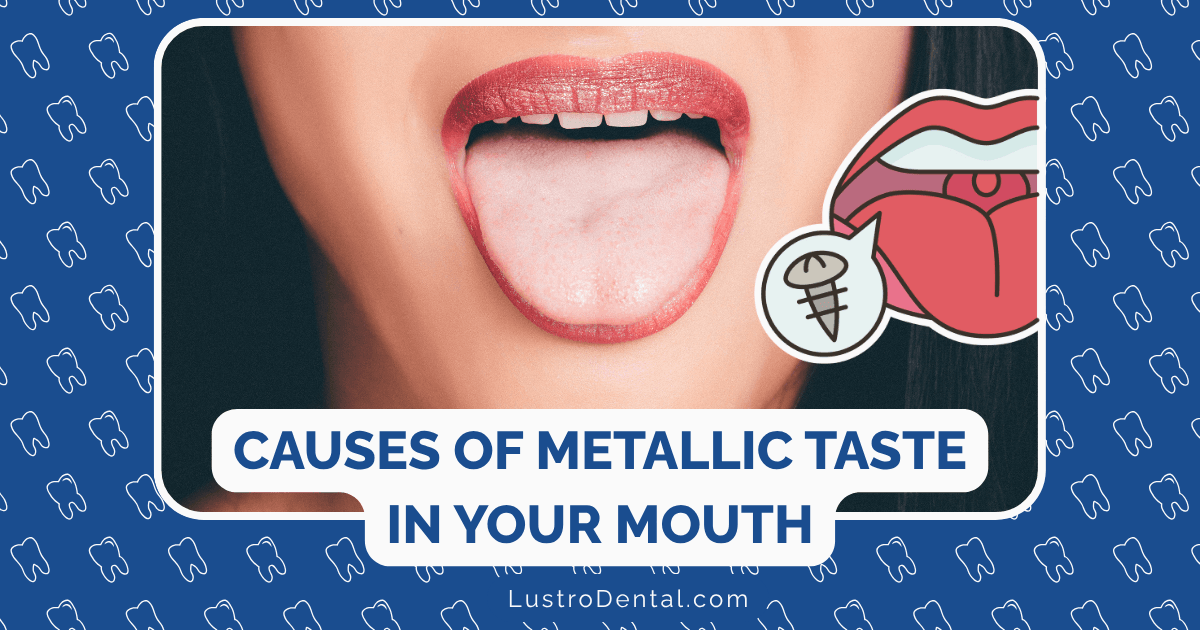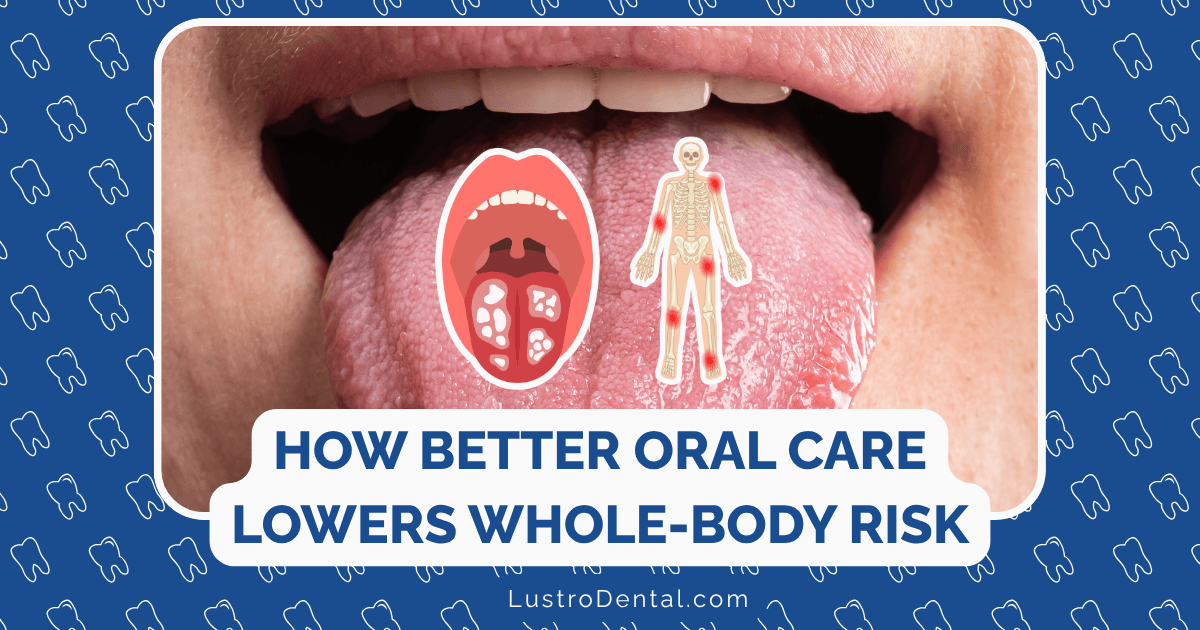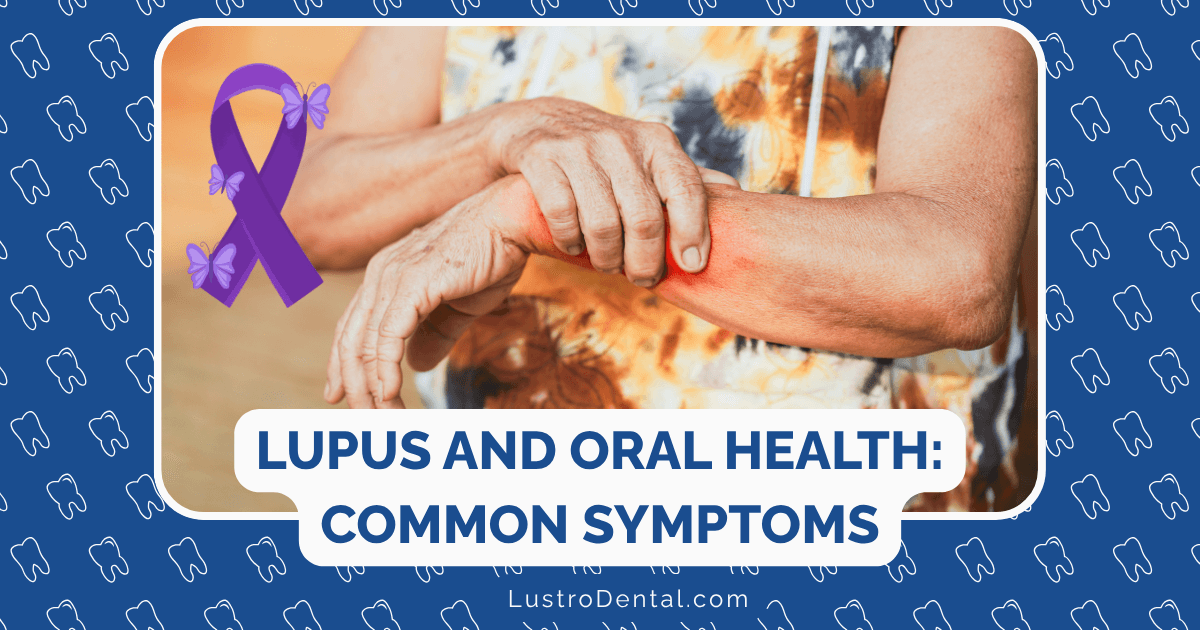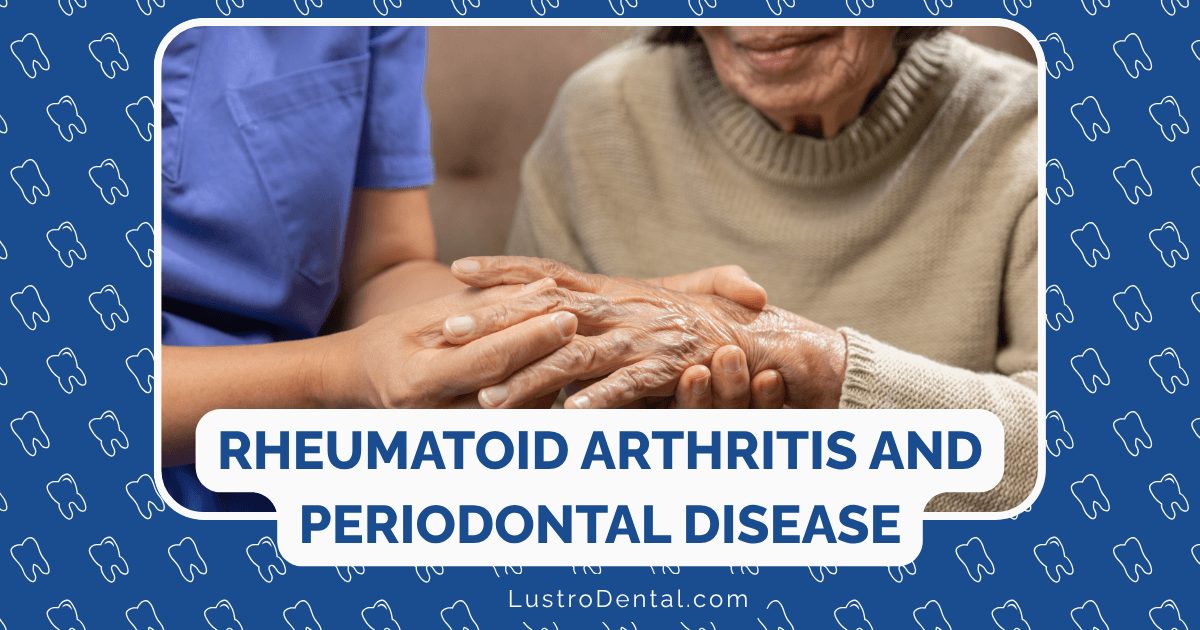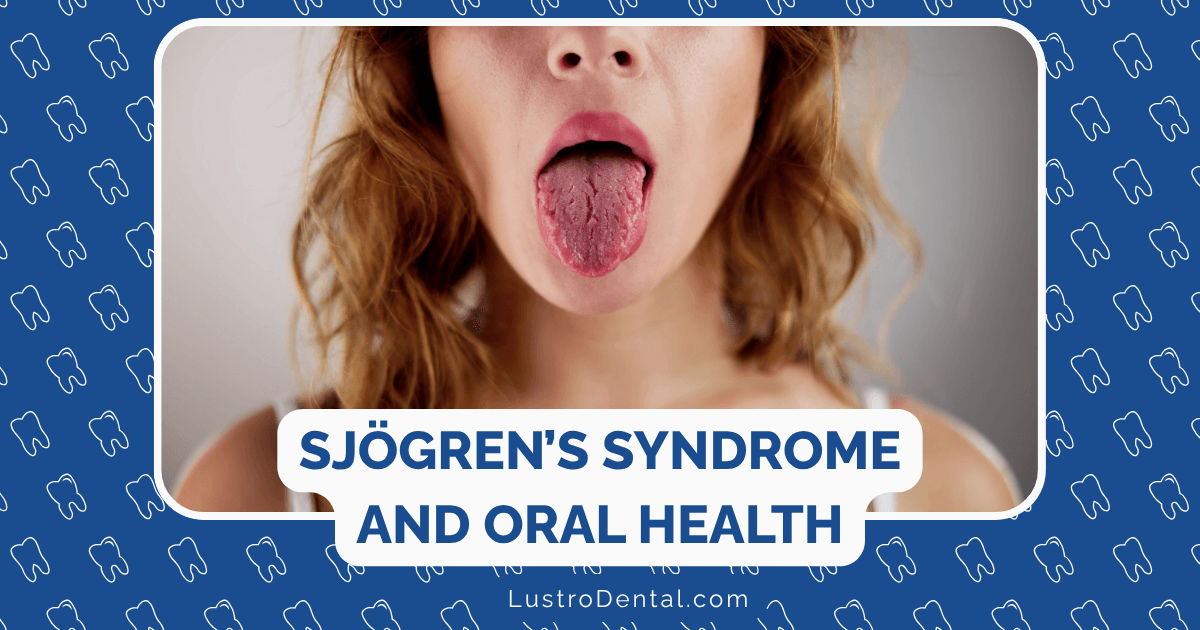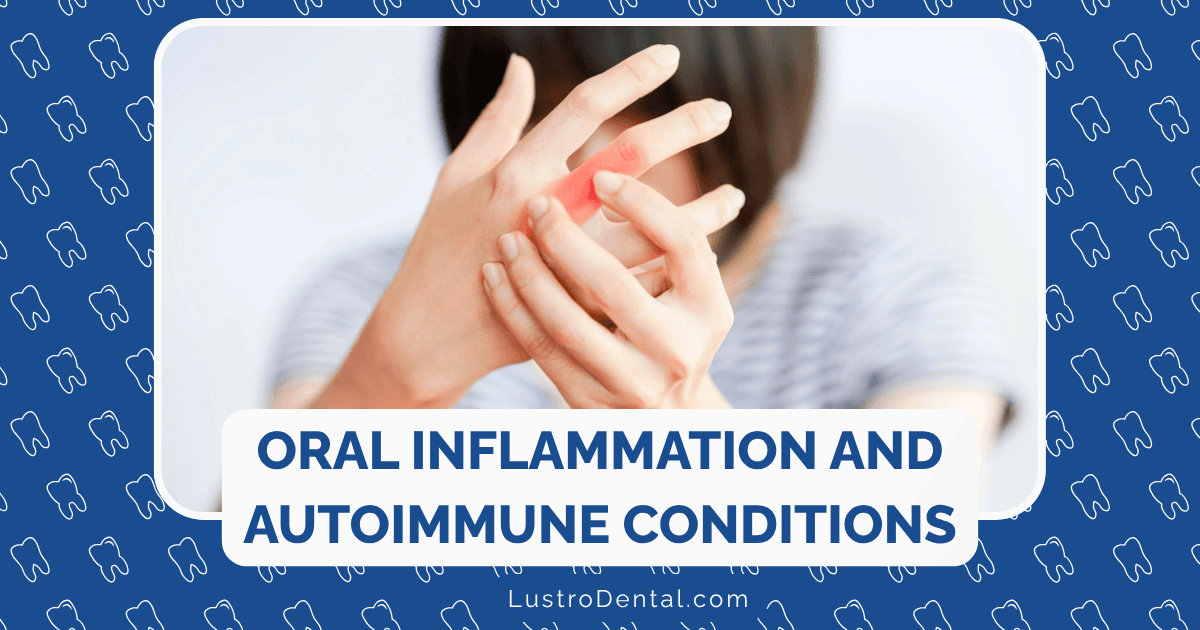Dental Considerations for Asthma and Allergies Patients
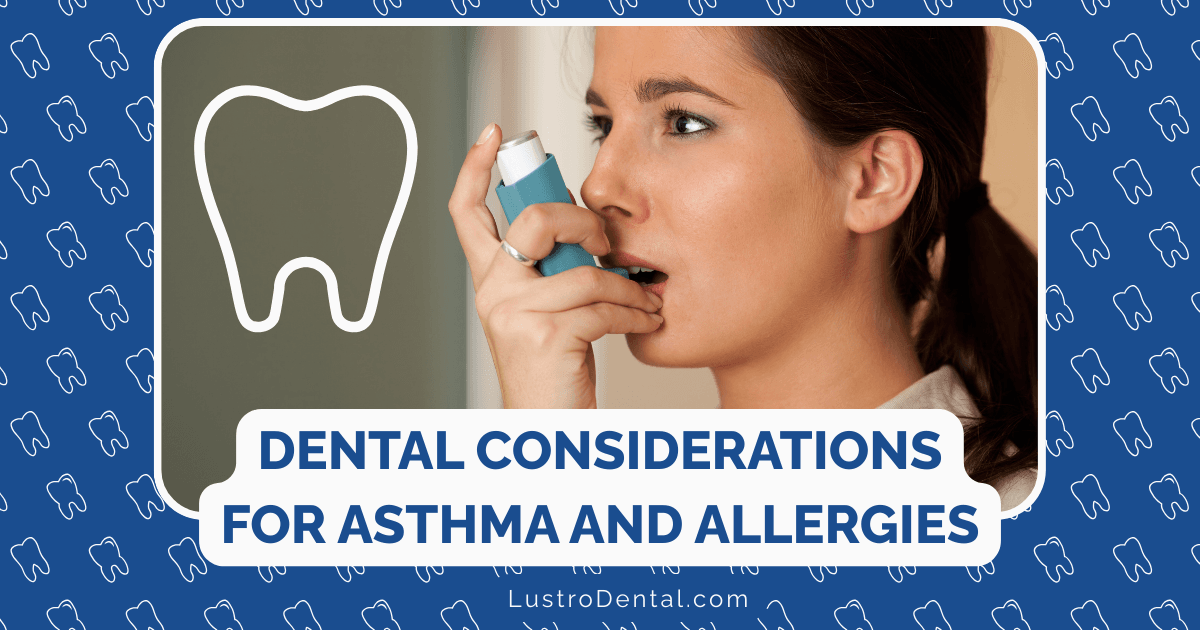
For the more than 65 million Americans living with asthma and allergies, routine dental visits can present unique challenges. These respiratory conditions not only affect overall health but can also significantly impact oral health and dental treatment approaches. Understanding these connections is crucial for both dental professionals and patients to ensure safe, effective care.
This comprehensive guide explores the special considerations, potential complications, and best practices for dental care in patients with asthma and allergies.
The Prevalence and Impact of Asthma and Allergies
Asthma and allergies affect a substantial portion of the population:
- Approximately 25 million Americans have asthma (20 million adults and 5 million children)
- About 32 million Americans have food allergies (26 million adults and 6 million children)
- Around 24 million Americans have rhinitis or hay fever (19.2 million adults and 5.2 million children)
These conditions can significantly impact oral health. Research shows that 95% of children and young adults with asthma develop tooth decay, compared to only 35% of those without asthma. Additionally, poor oral health is strongly correlated with asthma and allergic rhinitis in adolescents.
How Asthma and Allergies Affect Oral Health
Oral Health Implications of Asthma
Asthma can affect oral health through several mechanisms:
1. Mouth Breathing
“Patients with asthma and allergic rhinitis often breathe through their mouths, especially during sleep or when experiencing symptoms,” explains Dr. Sarah Johnson, pulmonologist at Mayo Clinic. “This chronic mouth breathing reduces saliva flow, creating an environment conducive to bacterial growth and increasing the risk of cavities and gum disease.”
Mouth breathing can lead to:
- Dry mouth (xerostomia)
- Increased plaque accumulation
- Higher risk of gingivitis and periodontal disease
- Bad breath (halitosis)
2. Medication Side Effects
Many asthma medications, particularly inhaled corticosteroids and beta-2 agonists, can have significant oral side effects:
- Reduced Salivary Flow: Studies show that prolonged use of beta-2 agonists can decrease parotid salivary secretion by up to 36%.
- Altered Saliva Composition: Changes in saliva pH and composition can reduce its protective properties.
- Increased Risk of Candidiasis: Inhaled corticosteroids can elevate glucose levels in saliva, creating an environment favorable for fungal growth.
- Dental Erosion: Many asthma medications have a pH below the critical level of 5.5 for enamel dissolution.
Dr. Michael Chen, dental researcher at the University of California, notes: “The acidic nature of many inhaled medications, combined with reduced saliva flow, creates a perfect storm for dental erosion and decay in asthmatic patients.”
3. Increased Caries Risk
Children with asthma are nearly 1.5 times more likely to develop dental caries compared to those without asthma. A systematic review found that asthma doubles the risk of cavities due to:
- Medication side effects
- Mouth breathing
- Potential dietary factors (increased consumption of sugary drinks to alleviate dry mouth)
- Higher levels of Streptococcus mutans in saliva
Oral Health Implications of Allergies
Allergies can affect oral health through:
1. Allergic Rhinitis and Mouth Breathing
Similar to asthma, allergic rhinitis often leads to mouth breathing, which reduces saliva flow and increases the risk of oral diseases.
2. Medication Side Effects
Antihistamines and decongestants commonly used to treat allergies can cause:
- Dry mouth
- Altered taste perception
- Increased risk of cavities and gum disease
3. Oral Allergy Syndrome
Some individuals with pollen allergies may experience oral allergy syndrome, characterized by:
- Itching or swelling of the lips, tongue, and throat
- Allergic reactions to certain fruits, vegetables, and nuts
- Potential confusion with dental material allergies
Special Dental Considerations for Patients with Asthma
Before Treatment
1. Comprehensive Medical History
A thorough medical history should include:
- Type of asthma (allergic, non-allergic, exercise-induced, etc.)
- Severity and frequency of symptoms
- Current medications and dosages
- Known triggers
- History of asthma attacks during dental procedures
- Emergency contact information
2. Asthma Control Assessment
“Dental treatment should be postponed if asthma is severe and unstable,” advises Dr. Elizabeth Wong, allergist specializing in dental considerations. “Signs like wheezing, shortness of breath, or recent exacerbations indicate the need to reschedule until symptoms are better controlled.”
For well-controlled asthma, most dental procedures can proceed normally. However, patients with severe or unstable asthma may require:
- Medical clearance from their physician
- Special precautions during treatment
- Possible medication adjustments
3. Appointment Scheduling
Best practices include:
- Morning appointments when asthma symptoms are typically less severe
- Shorter appointments to reduce stress and fatigue
- Avoiding peak allergy seasons for patients with allergic asthma
During Treatment
1. Environment Considerations
Create an asthma-friendly dental environment by:
- Maintaining good ventilation
- Using fragrance-free products
- Minimizing potential triggers (dust, strong odors, etc.)
- Ensuring a stress-free atmosphere
2. Patient Positioning
“The semi-supine position is often best for asthmatic patients,” notes Dr. Robert Thompson, dental surgeon specializing in medically compromised patients. “This position facilitates breathing while still allowing proper access for dental procedures.”
Additional positioning considerations include:
- Avoiding the fully supine position if it causes breathing difficulty
- Allowing frequent breaks to use inhalers if needed
- Ensuring patients can quickly sit upright if breathing difficulties occur
3. Medication Considerations
Important medication considerations include:
- Inhaler Accessibility: Patients should bring their reliever inhalers to appointments and keep them readily accessible.
- Local Anesthetics: For patients with sulfite allergies or those whose asthma attacks may be triggered by preservatives, consider:
- Using anesthetics without vasoconstrictors
- Avoiding epinephrine-containing anesthetics in patients with severe asthma
- Using preservative-free formulations when available
- Nitrous Oxide: This is generally safe for patients with mild to moderate asthma but may be contraindicated for those with severe asthma. Always consult with the patient’s physician before using.
4. Equipment Considerations
Certain dental equipment may trigger asthma symptoms:
- Ultrasonic Scalers and Air Polishers: These can aerosolize particles that may irritate airways. Consider:
- Using hand instruments instead
- Minimizing aerosol production
- Using high-volume evacuation
- Rubber Dams: These can help reduce aerosol exposure and prevent aspiration of materials.
Emergency Preparedness
All dental offices should be prepared for asthma emergencies:
- Recognize the signs of an asthma attack:
- Shortness of breath
- Wheezing
- Coughing
- Chest tightness
- Difficulty speaking in full sentences
- Emergency protocol:
- Position patient upright
- Administer oxygen if available
- Assist with reliever inhaler (typically 2-4 puffs)
- If no improvement, activate emergency medical services
- Continue monitoring vital signs
- Emergency kit should include:
- Oxygen
- Bronchodilator (albuterol)
- Injectable epinephrine for severe reactions
- Oral or injectable corticosteroids
Special Dental Considerations for Patients with Allergies
Latex Allergies
Latex allergies affect approximately 1% of the general population and 8-12% of healthcare workers. In dental settings, latex exposure can occur through:
- Gloves
- Rubber dams
- Orthodontic elastics
- Prophy cups
- Anesthetic cartridge stoppers
Management Strategies:
- Screening: Include latex allergy questions in patient history forms.
- Scheduling: Book latex-allergic patients as the first appointment of the day to minimize airborne latex protein exposure.
- Equipment modifications:
- Use non-latex gloves (nitrile, neoprene, or vinyl)
- Use silicone dams instead of rubber dams
- Use latex-free syringes and anesthetic cartridges
- Use plastic, disposable mouth props
- Ensure all equipment, including eye protection, is latex-free
- Treatment area preparation:
- Remove all latex products from the operatory
- Cover latex-containing equipment that cannot be removed
- Use latex-free masks and other protective equipment
As Dr. Wong emphasizes: “For patients with confirmed latex allergies, creating a completely latex-free environment is essential. Even trace amounts of latex proteins can trigger severe reactions in highly sensitive individuals.”
Medication Allergies
Local Anesthetics
True allergies to local anesthetics are rare (less than 1% of reported reactions), but they can occur. Most adverse reactions are actually:
- Vasovagal reactions
- Reactions to preservatives or epinephrine
- Anxiety-related responses
For patients with confirmed or suspected local anesthetic allergies:
- Allergy testing: Refer to an allergist for formal testing.
- Alternative anesthetics:
- Use anesthetics from a different chemical group (amides vs. esters)
- Consider preservative-free formulations
- In extreme cases, diphenhydramine (Benadryl) can be used as an alternative, though it is less effective
Antibiotics
Penicillin and other antibiotics commonly used in dentistry can cause allergic reactions:
- Accurate history: Note that up to 90% of patients who report penicillin allergy can actually tolerate it.
- Alternative antibiotics:
- For penicillin-allergic patients: clindamycin, azithromycin, or clarithromycin
- For patients allergic to multiple antibiotics: consult with the patient’s physician
NSAIDs
Non-steroidal anti-inflammatory drugs can trigger reactions, particularly in patients with asthma:
- Aspirin-exacerbated respiratory disease (AERD): Affects approximately 7% of asthmatic adults and can cause severe reactions.
- Alternative pain management:
- Acetaminophen is generally safe for most patients with NSAID sensitivity
- For severe pain, consult with the patient’s physician regarding opioid alternatives
Food and Environmental Allergies
Some dental materials and products contain ingredients that cross-react with food allergens:
- Prophy paste: May contain flavoring agents derived from allergens (mint, fruit flavors).
- Fluoride treatments: Various flavors may contain allergens.
- Dental materials: Some composites and bonding agents may contain allergens.
Always review ingredient lists and have allergen-free alternatives available.
Preventive Strategies for Patients with Asthma and Allergies
Oral Hygiene Recommendations
Patients with asthma and allergies should follow enhanced oral hygiene protocols:
- Brushing and flossing:
- Brush at least twice daily with fluoride toothpaste
- Floss daily to remove interdental plaque
- Consider electric toothbrushes for more effective plaque removal
- After using inhalers:
- Rinse mouth with water or neutral/alkaline mouthwash
- Wait 30 minutes before brushing to prevent enamel damage
- Consider rinsing with sodium bicarbonate solution to neutralize acid
- Managing dry mouth:
- Stay well-hydrated
- Use sugar-free gum or lozenges to stimulate saliva flow
- Consider saliva substitutes if needed
- Avoid alcohol-based mouthwashes that can worsen dryness
Dietary Recommendations
Dietary considerations for patients with asthma and allergies include:
- Reduce acidic beverages: Limit consumption of sodas, sports drinks, and citrus juices.
- Choose tooth-friendly snacks: Opt for cheese, nuts, and non-acidic fruits.
- Avoid sugary foods and drinks: Particularly important for those with dry mouth.
- Stay hydrated: Drink plenty of water throughout the day.
Professional Dental Care
Regular professional dental care is essential:
- More frequent check-ups: Consider 3-4 month recall intervals instead of the standard 6 months.
- Professional fluoride treatments: To strengthen enamel and prevent decay.
- Early intervention: Address dental issues promptly before they become more serious.
Dr. Chen recommends: “For asthmatic patients, especially those on long-term medications, professional fluoride varnish applications every 3-4 months can significantly reduce the risk of dental caries and erosion.”
Future Directions in Dental Care for Asthma and Allergy Patients
Emerging Research
Recent research is exploring several promising areas:
- Salivary diagnostics: Using saliva to monitor asthma control and medication effects.
- Novel dental materials: Developing hypoallergenic materials for sensitive patients.
- Improved medication delivery systems: Reducing oral side effects of asthma medications.
Integrated Care Approaches
The future of care for these patients lies in better integration between dental and medical providers:
- Collaborative care models: Dentists working directly with allergists and pulmonologists.
- Electronic health records: Improved sharing of medical information between providers.
- Patient education: Joint approaches to educating patients about the oral-respiratory connection.
Conclusion: A Personalized Approach to Dental Care
Patients with asthma and allergies require a personalized approach to dental care that considers their specific conditions, medications, and triggers. By understanding these special considerations and implementing appropriate management strategies, dental professionals can provide safe, effective care while minimizing risks.
For patients, open communication with dental providers about asthma and allergy status, medications, and previous reactions is essential. Together, patients and dental professionals can develop a tailored approach that maintains both oral health and overall well-being.
As Dr. Johnson concludes: “The mouth-body connection is particularly evident in patients with asthma and allergies. By addressing these conditions comprehensively and collaboratively, we can improve not just oral health but overall quality of life.”
Do you have asthma or allergies? Share your experiences with dental care in the comments below.


